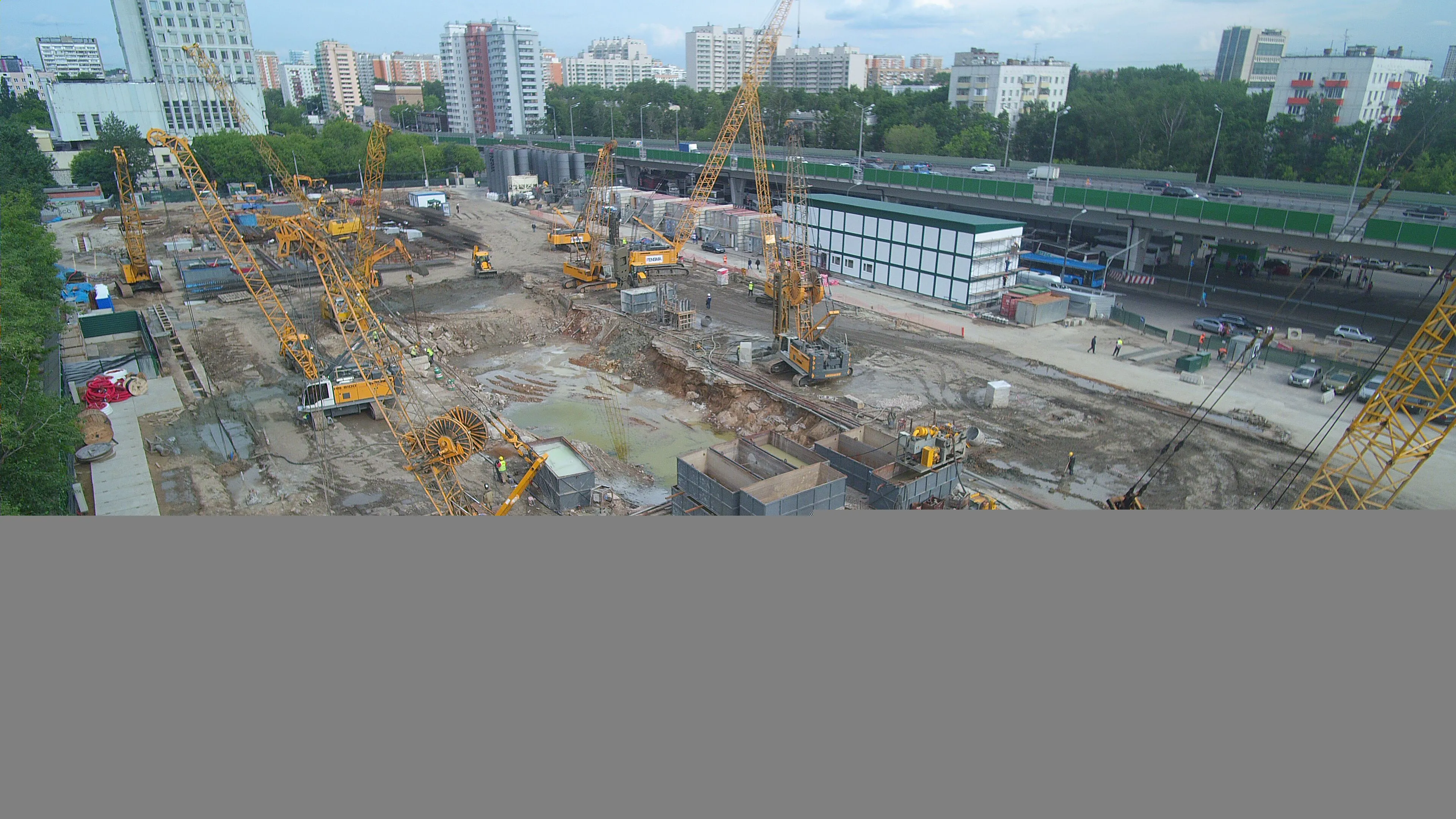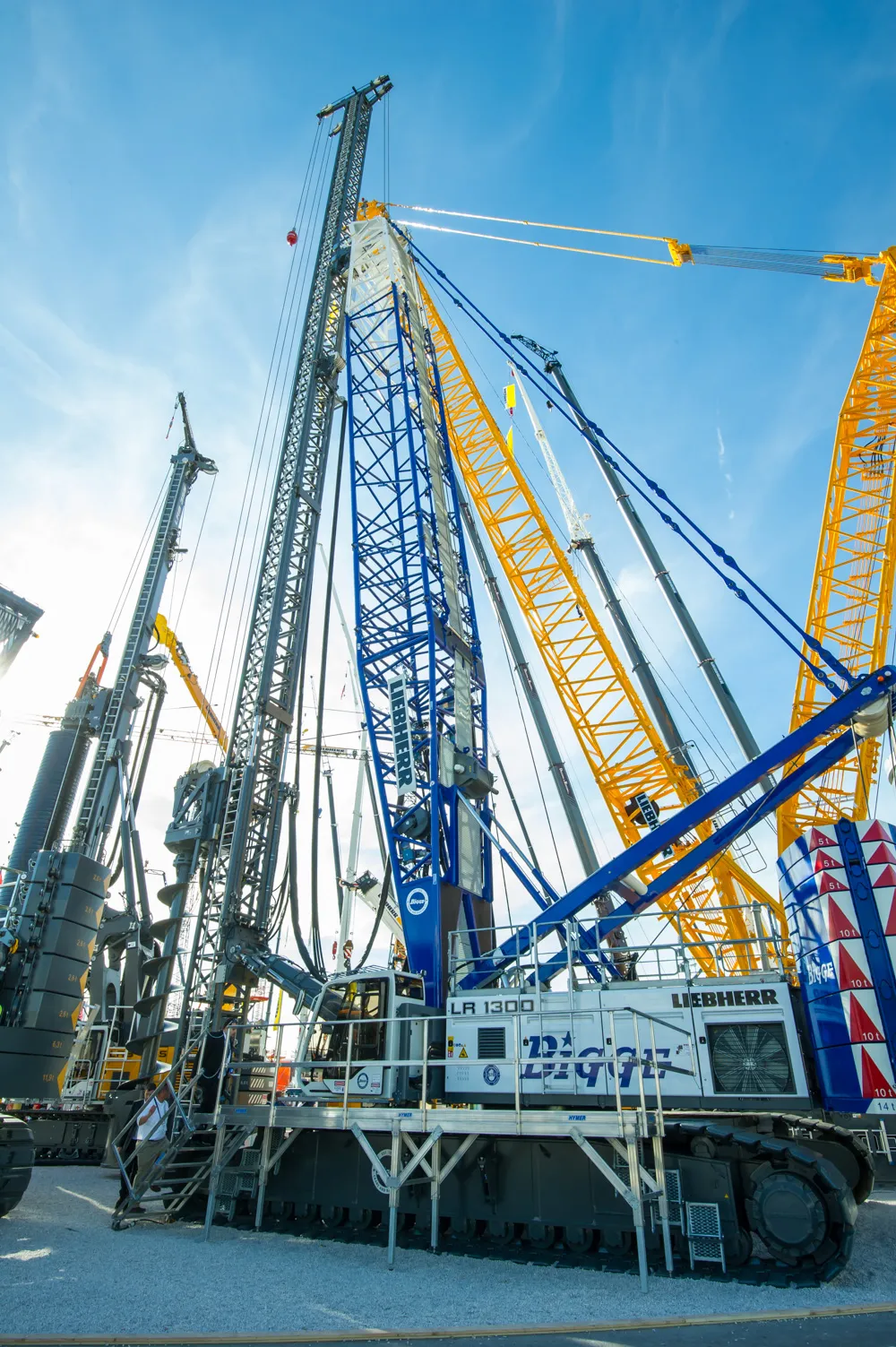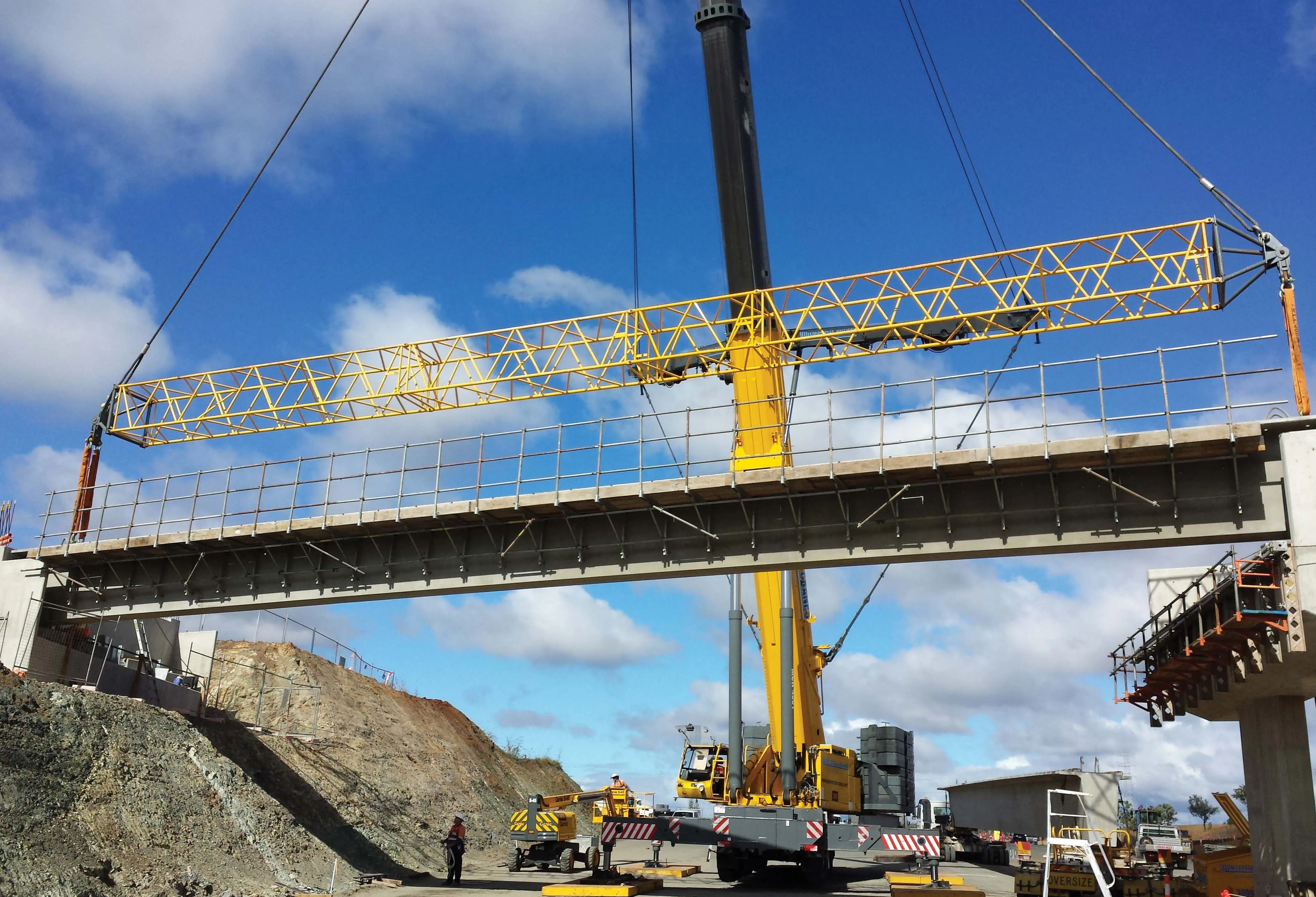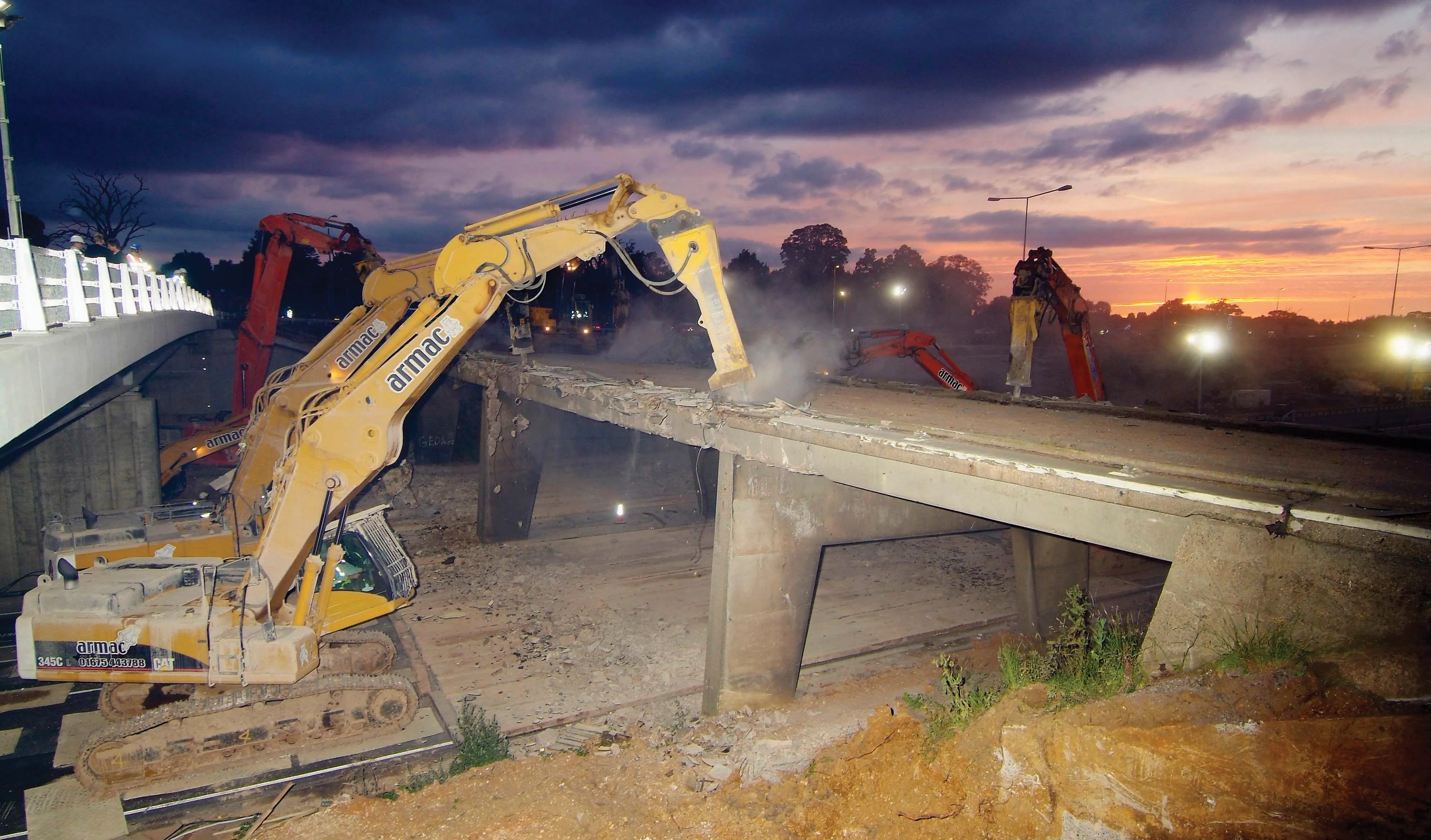
This urban construction project is for an ultra-modern bus terminal, which will feature a capacity of 15,000 passengers/day. Approximately 1,600 bus services are expected/day and at peak times the facility will handle 1,000 passengers/hour. The new bus terminal is being developed on the Sholkovskoye Chaussee and the building design is for an 11-storey structure with a glass exterior that also includes commercial, shopping and entertainment facilities.
The city’s traffic congestion problems highlight its need for good public transport infrastructure. Designed by the architect Werner Sobek, the contractor Fensma is carrying out the project with the assistance of equipment from
Cast-in-place slurry is being installed that features a total area 310,000m2, while 3,500tonnes of reinforcement cages are being installed. This design is serving as a lining wall for the foundation pit. To carry out this portion of the project, two carrier machines have been fitted with hydraulic grabs and four with mechanical grabs. These grabs are used as necessary, with the cranes also being used for lifting duties as required. The slurry wall has a maximum depth of 52m and is 800mm thick. Each excavation measures 2.8m long and takes 18 hours to sink. In addition to the slurry wall, the deep foundation fleet from Liebherr is being used to insert 154 individual barrette piles for foundations. The barrettes are all 52m deep and require 110m3 of concrete, while a total of 800tonnes of steel is being installed.
The new complex is due for completion in 2019. The tight two-year construction schedule is being achieved, in spite of the contractor having to cope with difficult soil conditions: loam, sand, clay and groundwater. Under these conditions it can be a major challenge to ensure that the slurry wall is sufficiently vertical. However, Fensma specialises in urban building projects and has considerable experience with this type of work.








